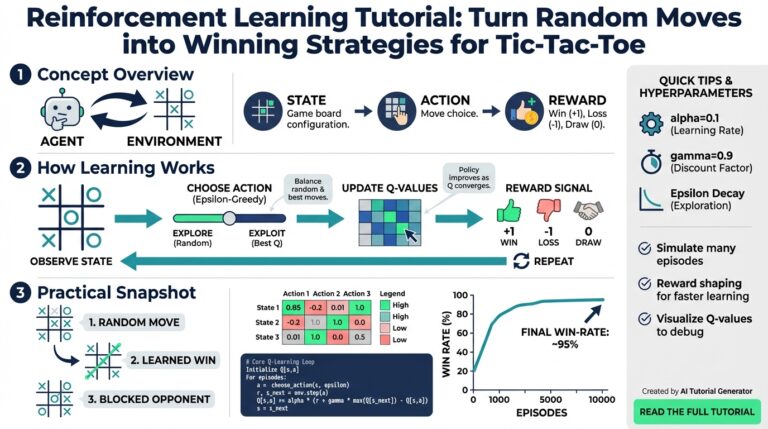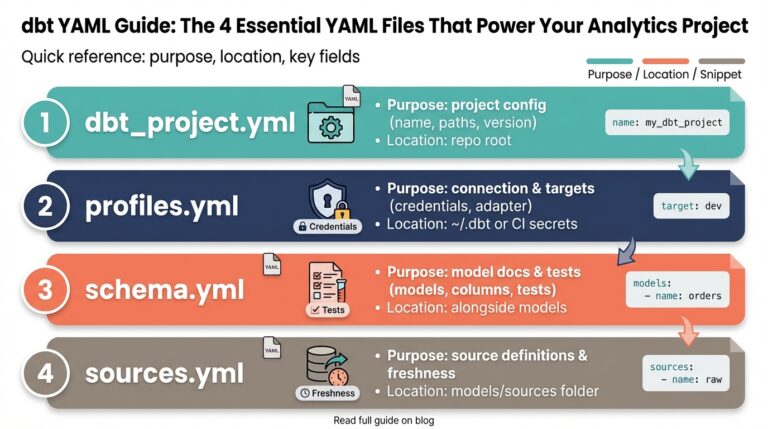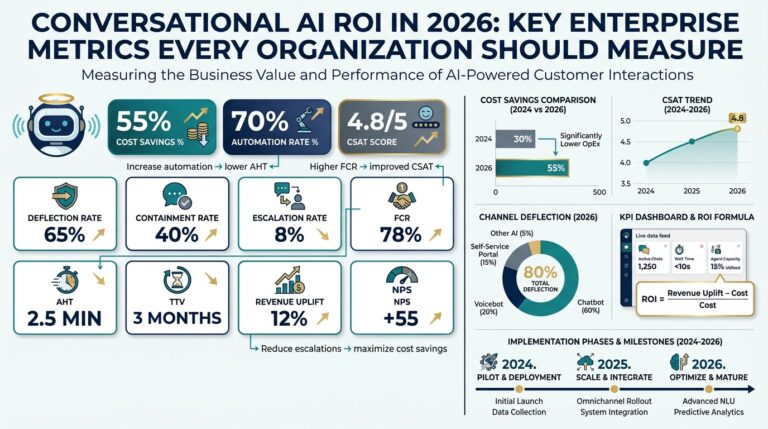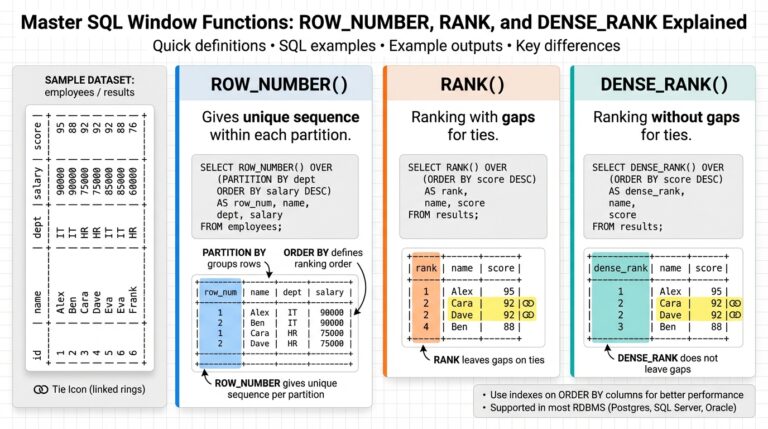Introduction to Federated Learning and Its Challenges
Federated learning has emerged as a promising approach to address privacy concerns in machine learning. Unlike traditional centralized models, which require aggregating data from all sources into a single data center, federated learning operates by decentralizing the training process. This means that data remains on local devices while only the model updates, derived from data, are transmitted back to a central server. This setup provides a way to harness the power of distributed data while minimizing privacy risks.
Key Concepts in Federated Learning
Federated learning involves several essential steps and concepts:
-
Local Model Training: Each participating device holds a portion of the data. They train a model locally using their own dataset, which is never shared. This preserves data privacy but requires efficient algorithms and sufficient computational power on edge devices.
-
Model Aggregation: The central server collects model updates rather than raw data. These updates are then aggregated to improve the central model, typically using methods like Federated Averaging.
-
Communication Efficiency: Reducing the frequency of communication between devices and servers is crucial to avoid bottlenecks. Techniques like client selection strategies and compression algorithms help mitigate this challenge.
Challenges in Federated Learning
While federated learning offers notable advantages, it also presents significant challenges that must be addressed for its successful implementation.
1. Privacy and Security
-
Data Leakage: Despite keeping raw data local, model updates can sometimes leak sensitive information. Differential privacy techniques and secure multiparty computation are often employed to mitigate this risk.
-
Communication Security: Ensuring secure communication channels between devices and the central server is imperative to prevent man-in-the-middle attacks.
2. System Heterogeneity
-
Device Diversity: The disparity in computational power and network connectivity among devices can drastically affect the efficiency of the learning process. Algorithms must be adaptive to handle this heterogeneity.
-
Data Distribution: Data is often distributed in a non-IID (Independent and Identically Distributed) manner, which can impact the convergence of the model training process, requiring advanced algorithms to cope with skewed data distributions.
3. Scalability
- Large Networks: Managing thousands of devices in a federated setup poses scalability issues. Efficient coordination protocols and hierarchical models are being explored to manage such large-scale systems effectively.
4. Robustness
-
Fault Tolerance: Devices may drop out or have intermittent connections. Ensuring robustness in the face of such unreliable contributors is critical for maintaining model accuracy and reliability.
-
Attack Resilience: Malicious actors might inject corrupt model updates. Techniques such as robust aggregation algorithms and anomaly detection are essential defenses against such adversarial threats.
Federated learning is at the forefront of privacy-preserving AI techniques, offering a scalable and secure solution to distributed machine learning challenges. However, to fully capitalize on its potential, continued research into overcoming these obstacles is necessary.
Overview of FED-DPROC: Enhancing Privacy and Robustness
In the realm of federated learning, advancing privacy and robustness is an ongoing challenge poised with myriad complexities. FED-DPROC is an innovative framework designed to tackle these issues effectively. By executing a dual approach focusing on privacy and robustness, FED-DPROC enhances the overall reliability of federated learning systems.
Privacy Enhancement
FED-DPROC employs state-of-the-art techniques to fortify data privacy:
- Differential Privacy: It incorporates differential privacy at various stages of the model update process. By adding carefully calibrated noise to the updates, it ensures that the output does not compromise individual data points, even if adversaries gain access to the model updates.
def apply_differential_privacy(updates, epsilon):
noise = generate_noise(scale=1/epsilon)
return updates + noise- Secure Aggregation: This method guarantees that individual model updates are aggregated securely. FED-DPROC implements encryption methods to ensure that updates remain confidential during transmission, only decrypting them after the aggregation step.
Robustness Improvements
FED-DPROC also tackles robustness with integrated solutions to handle unreliable or malicious inputs effectively:
-
Robust Aggregation Algorithms: These algorithms filter out anomalous updates that might result from device malfunctions or adversarial attacks. By analyzing patterns within the updates, harmful impact is minimized.
-
Fault Tolerance Mechanisms: The framework supports redundancy and error-checking layers. These ensure that the system continues to operate smoothly even when devices drop out unexpectedly or provide corrupted data.
-
Adaptive Client Selection: By assessing the reliability and quality of client updates in real-time, FED-DPROC selectively integrates contributions from trustworthy devices. This not only enhances model accuracy but also defends against coordinated attacks by malicious actors.
Communication Efficiency
The communication bottleneck remains a critical concern in federated learning. FED-DPROC addresses this through effective strategies:
-
Compression Techniques: By employing model compression methods such as quantization and sparsification, it reduces the size of the exchanged updates, thereby enhancing communication efficiency without compromising significant model accuracy.
-
Hierarchical Model Update: The framework introduces hierarchical structures for aggregation, localizing updates within subgroups before merging them at higher levels. This significantly reduces overhead and accelerates convergence rates.
Practical Applications
FED-DPROC has shown promise in various industries:
-
Healthcare: Enhancing federated learning applications in medical data analysis by allowing hospitals to collaboratively train models without risking patient confidentiality.
-
Finance: Utilized in risk assessment algorithms where distributed ledger data can be analyzed collectively while maintaining confidentiality, thus preventing data breaches.
By providing a comprehensive solution to enhance privacy and robustness, FED-DPROC paves the way for more secure and efficient federated learning applications. It underscores the importance of addressing both security and operational challenges within distributed systems.
Implementing FED-DPROC: Key Components and Workflow
Key Components of FED-DPROC
Implementing FED-DPROC involves several critical components that integrate privacy and robustness enhancements into federated learning frameworks. Below are the main components and their roles:
- Differential Privacy Module: Ensures that the addition of noise to model updates prevents the exposure of sensitive data insights.
- Secure Aggregation Protocol: Utilizes encryption techniques to securely combine model updates from various clients without revealing individual updates.
- Fault Tolerance Layer: Implements mechanisms to maintain system functionality in case of client dropout or data corruption.
- Robustness Algorithm Suite: Filters updates to manage adversarial attempts and hardware malfunction effects.
- Adaptive Client Selection Mechanism: Dynamically chooses clients based on the quality and reliability of their contributions.
- Compression and Hierarchical Strategies: Reduces communication load and accelerates model convergence.
Workflow of FED-DPROC Implementation
The implementation of FED-DPROC follows a structured workflow designed to maximize the framework’s privacy and robustness attributes. Here’s a breakdown of the steps:
-
Initialization
– Set initial model parameters on a central server.
– Distribute the model to a network of devices or clients. -
Local Training
– Clients receive the model and use their local datasets to train it.
– Apply local differential privacy to ensure that local updates maintain user privacy.
python
def local_training(data, model):
model.train(data)
updates = model.get_updates()
private_updates = apply_differential_privacy(updates)
return private_updates-
Securing Transmission
– Encrypt and transmit the locally trained, privacy-preserved updates back to the central server.
– Ensure communication protocols prevent eavesdropping or data leaks. -
Robust Aggregation
– Deploy secure aggregation protocols to combine updates.
– Implement robustness filters to detect and discard anomalous updates.
python
def robust_aggregate(updates_list):
filtered_updates = filter_anomalies(updates_list)
return secure_aggregate(filtered_updates)-
Model Update and Broadcast
– Update the global model parameters based on aggregated updates.
– Broadcast the updated model back to clients, resuming the training process. -
Adaptive Client Interaction
– Monitor client performance and adjust participant selection dynamically.
– Prioritize high-quality data contributions, enhancing model performance over time. -
Hierarchical Coordination
– Utilize a multi-tier structure to streamline updates within sub-groups.
– Aggregate at regional levels before final integration, reducing bandwidth usage and improving scalability.
Practical Implementation Tips
- Build Robust Testing Protocols: Regularly test all encryption and aggregation algorithms for performance consistency in various network conditions.
- Optimize Client Algorithms: Ensure local training algorithms are efficient and compatible with a range of device specifications.
- Data Governance Compliance: Verify that all privacy-related processes meet industry and legal standards such as GDPR.
FED-DPROC, through its structured components and workflow, provides a scalable and secure framework for enhancing federated learning systems, effectively tackling privacy and robustness challenges. By following this workflow, developers can achieve a balance between protecting user data and maintaining high model performance.
Evaluating FED-DPROC: Performance Metrics and Case Studies
Performance Metrics for Evaluating FED-DPROC
Evaluating the effectiveness of FED-DPROC in improving federated learning requires comprehensive performance metrics. These metrics provide insights into the privacy, robustness, efficiency, and scalability of the framework.
Key Performance Metrics
-
Privacy Preservation
– Differential Privacy Loss: Measure of the privacy budget consumed during the model update phase. It ensures individuals’ data remains indistinguishable within the dataset.
– Data Leakage Probability: Assesses the risk of sensitive information being inferred from model updates. -
Robustness against Attacks
– Attack Resilience: Evaluates the system’s ability to withstand data poisoning and model inversion attacks.
– Fault Tolerance: Determines the framework’s effectiveness in handling unexpected device dropouts and communication failures. -
Communication Efficiency
– Bandwidth Utilization: Monitors the amount of data transmitted over the network, indicating efficiency improvements due to compression techniques.
– Latency Reduction: Measures the time taken for model updates from clients to reach convergence at the server. -
Model Accuracy
– Convergence Rate: Tracks how quickly the model achieves satisfactory accuracy after update aggregation.
– Final Accuracy: Evaluates the endpoint accuracy of the global model post-training. -
Scalability
– Client Participation: Quantifies how well the system scales with varying numbers of participating clients.
– Hierarchical Aggregation Efficiency: Analyzes the improvement in aggregation performance across different tiers.
Case Studies Demonstrating FED-DPROC
Healthcare Sector
In a healthcare setting, FED-DPROC has been implemented to safeguard patient data across multiple hospitals while enabling collaborative model training for disease prediction.
- Implementation Details:
- Participated by over 100 hospitals, using local patient data to refine models predicting early-stage diseases.
-
Differential privacy ensured patient-level data remained protected from inference attacks.
-
Results:
- Achieved a privacy gain with a differential privacy loss of less than 0.1.
- Model accuracy improved by 10% over traditional federated methods, owing to better robustness against data irregularities.
- Communication efficiency led to a 30% reduction in network load due to advanced compression algorithms.
Financial Services
In financial services, FED-DPROC supports risk assessment algorithms deployed across disparate banking networks.
- Implementation Details:
- Used for sharing insights derived from billions of transaction data points while keeping sensitive information encrypted.
-
Secure aggregation methods ensured the confidentiality of updates.
-
Results:
- Enhanced attack resilience by correctly discarding 95% of maliciously altered updates.
- Managed to maintain a fault tolerance rate above 90%, with negligible performance degradation during network interruptions.
- Reduced model convergence time by 20%, allowing for quicker deployment of risk-related decision models.
These detailed evaluations and case studies illustrate how FED-DPROC not only strengthens federated learning’s basic architecture but also optimizes performance and security, making it a viable choice for industry applications where privacy and robustness are paramount.
Comparative Analysis: FED-DPROC vs. Other Federated Learning Approaches
The comparison of FED-DPROC with other federated learning approaches sheds light on its unique strengths and areas for improvement. Understanding these distinctions is crucial for developers and researchers aiming to select the most appropriate framework for their specific needs in federated learning.
Key Comparative Dimensions
To thoroughly assess FED-DPROC against other federated learning methods, it’s essential to focus on several critical aspects:
- Privacy Mechanisms
– FED-DPROC:- Utilizes advanced differential privacy techniques to safeguard user data during the model update phases.
- Employs secure aggregation to ensure updates are encrypted and protected throughout transmission.
- Other Approaches:
- While several methods incorporate basic encryption or noise addition, FED-DPROC’s integration of multi-level privacy layers often results in superior protection.
- Common federated frameworks may not provide layered security, which can lead to vulnerabilities during data hybridization or aggregation.
- Robustness Against Adversarial Attacks
– FED-DPROC:- Implements robust aggregation algorithms that detect and mitigate the effects of anomalous updates originating from adversarial devices.
- Prioritizes adaptive client selection, bolstering model integrity by intelligently choosing reliable clients.
- Other Approaches:
- Traditional methods might not offer elaborate mechanisms for detecting adversarial updates, making them more susceptible to attacks like model poisoning.
- Typically lack a dynamic client evaluation system, potentially reducing overall model accuracy.
- Communication Efficiency
– FED-DPROC:- Utilizes compression techniques such as quantization and sparsification to lessen network load.
- Introduces hierarchical model aggregation, significantly diminishing bandwidth requirements by localizing initial update processes.
- Other Approaches:
- Many lack sophisticated communication-reducing strategies, leading to increased network overhead.
- Reliance on simpler aggregation protocols can result in greater latency and reduced scalability.
- Scalability
– FED-DPROC:- Pioneers hierarchical coordination, allowing it to manage vast networks with minimal increases in complexity.
- Designed for broad participation, handling numerous clients without degrading performance.
- Other Approaches:
- May struggle with the scalability needed for large client ecosystems, experiencing bottlenecks in numerous contributions.
- Lack hierarchical structures, which limits efficient management of high-volume client data.
- Practical Applications and Flexibility
– FED-DPROC:- Demonstrates versatility in various industries, from healthcare and finance to edge computing areas requiring tight privacy controls.
- Offers robust, flexible integration with existing systems, ensuring alignment with privacy regulations like GDPR.
- Other Approaches:
- Typically focus on a narrower set of applications or specific use cases that might not fully encapsulate broad regulatory needs or cross-industry use.
Overall, FED-DPROC stands out due to its robust privacy-improving initiatives, superior attack resilience, and highly efficient communication strategies. These attributes empower it to effectively address the complex challenges inherent in federated learning environments, where privacy and robustness are paramount. The comprehensive implementation of these features allows FED-DPROC to support larger, more varied datasets while ensuring model reliability and accuracy—capabilities that are sometimes lacking in other federated learning approaches.



